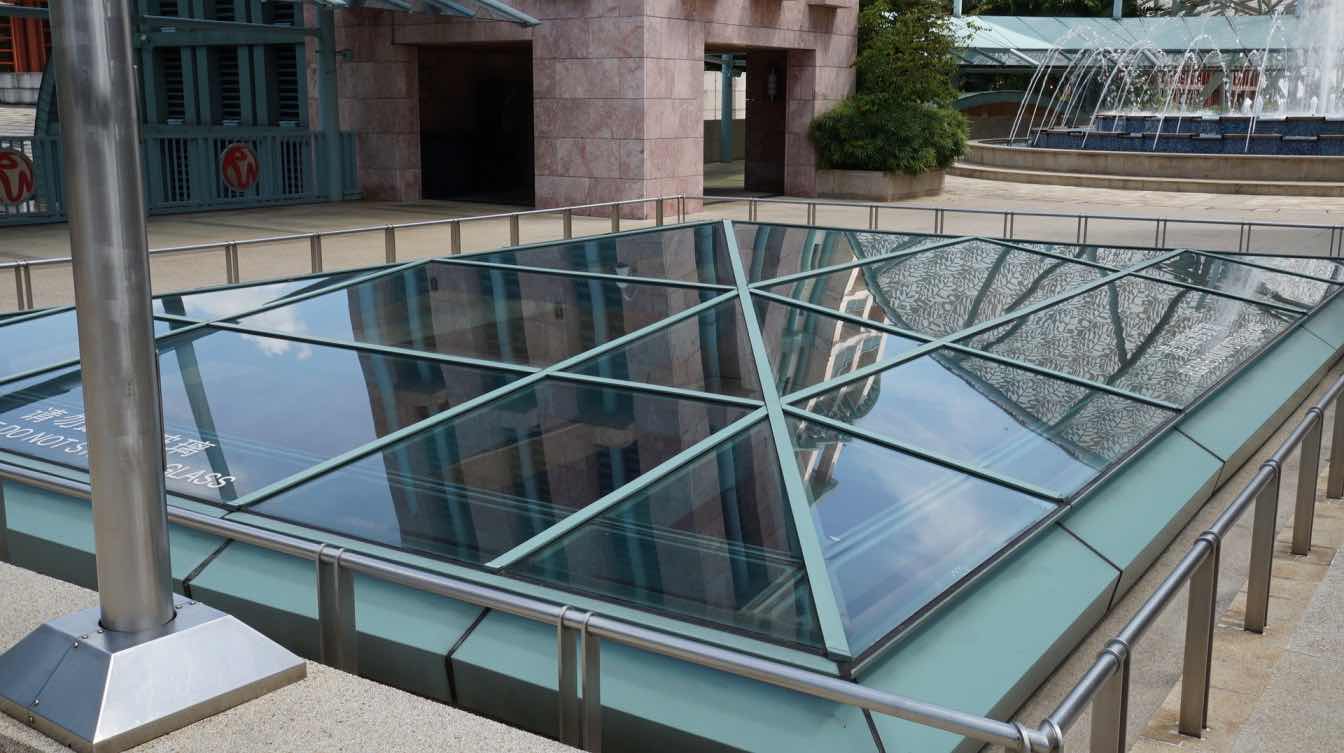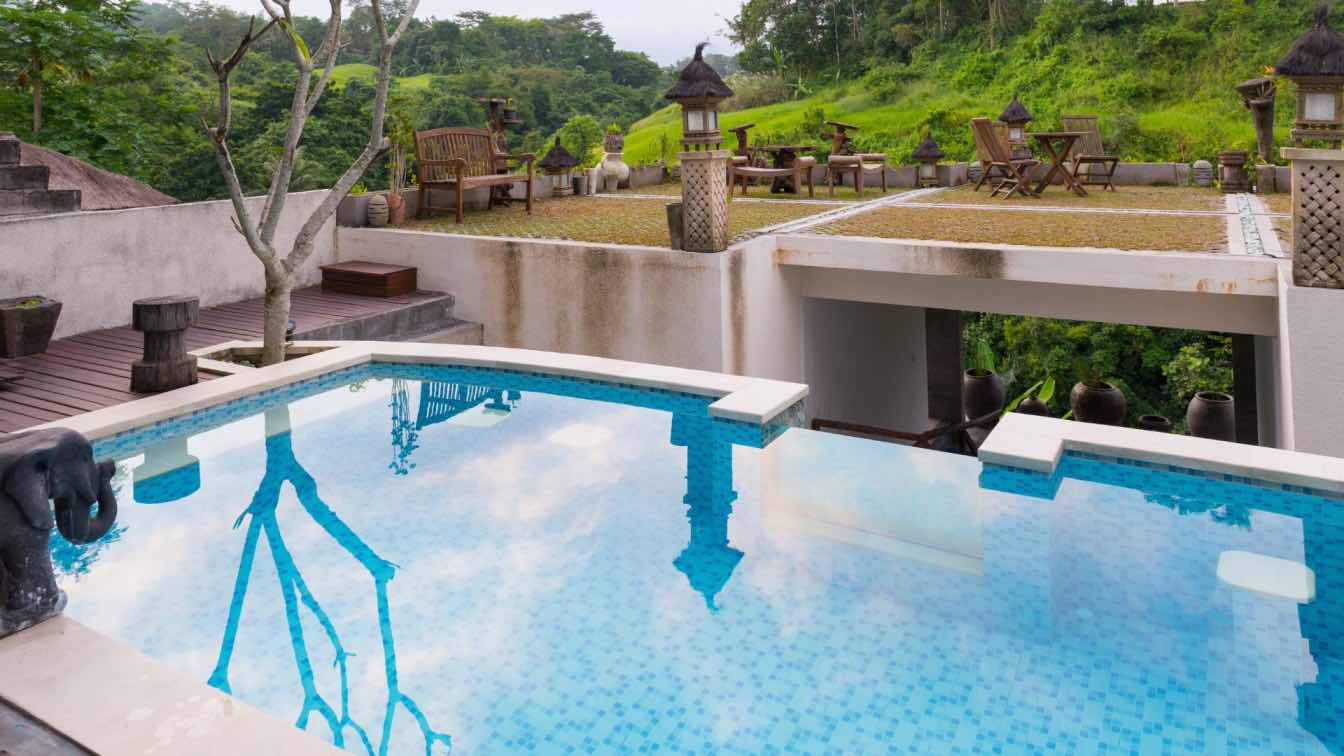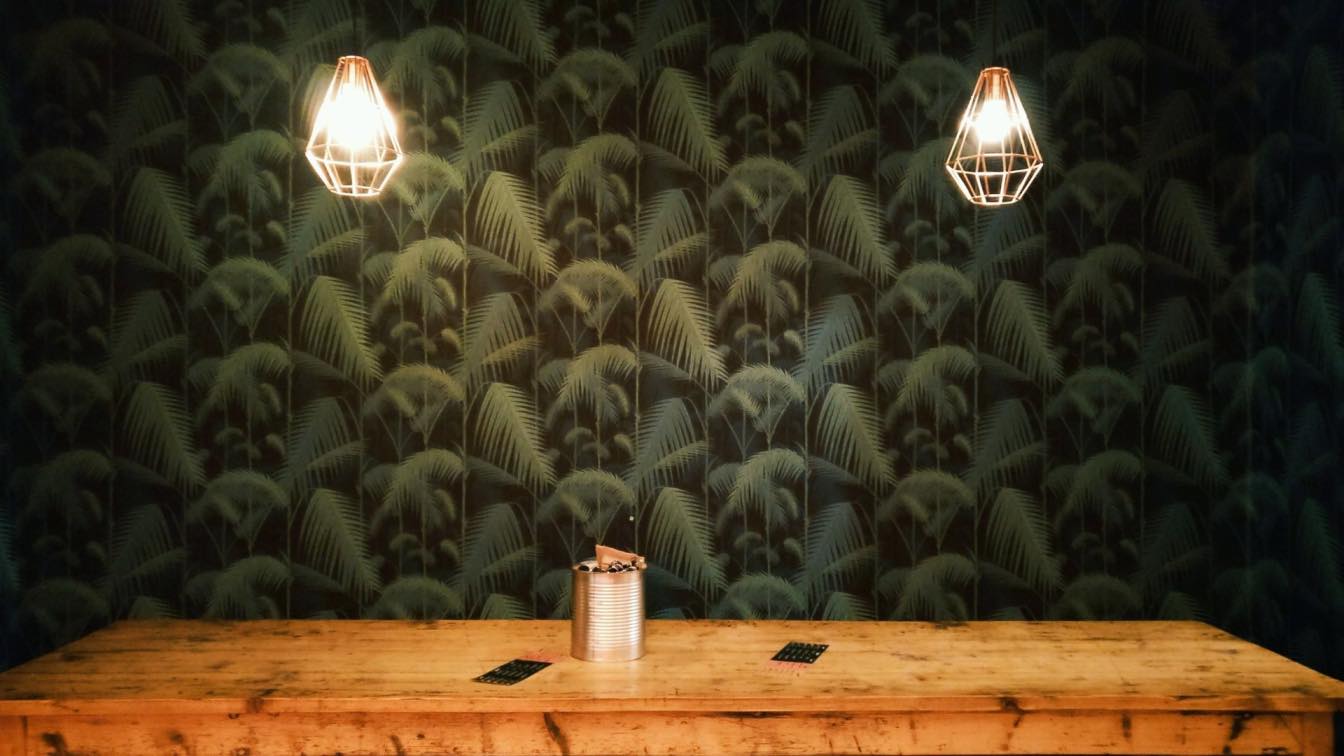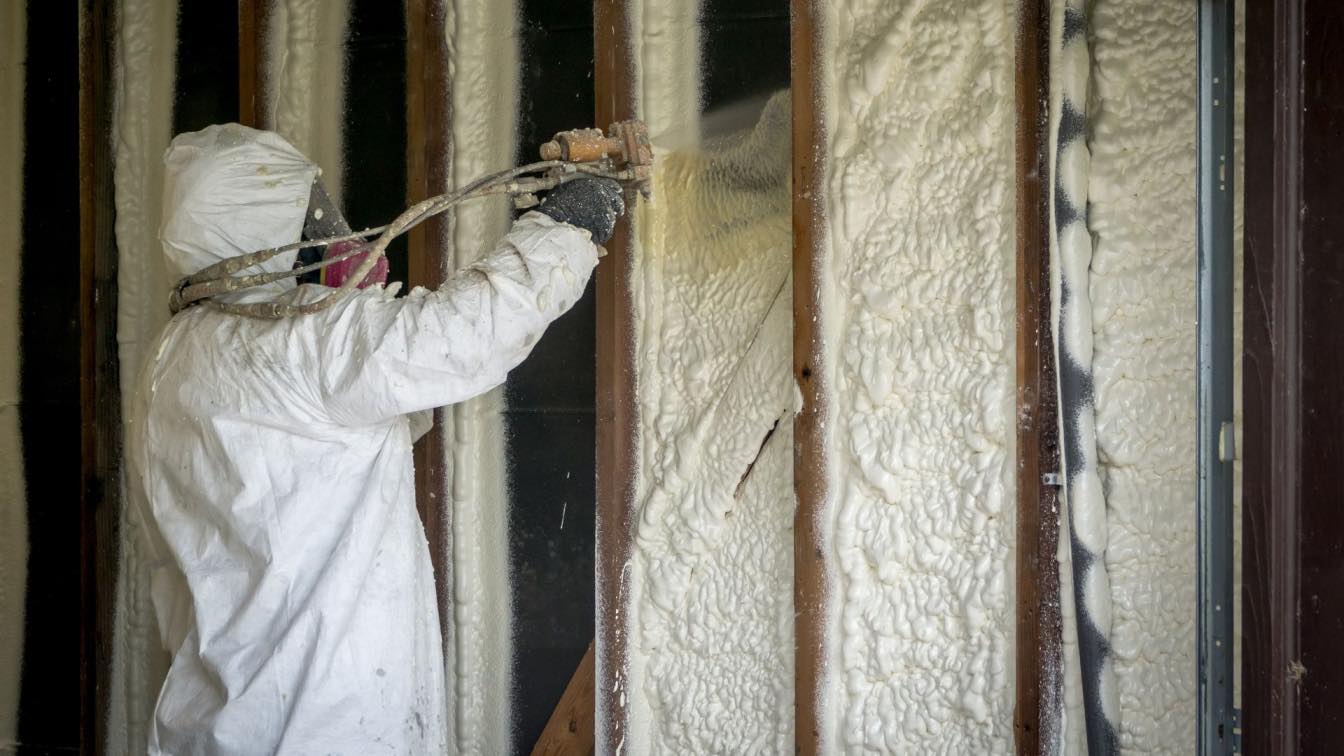Sustainability is not a trend in architecture, it’s a necessity. Architects and designers are rethinking how buildings interact with the world as the climate continues to change fast. The old energy-guzzling designs are quickly going out of fashion.
Similarly, eco-friendly solutions are a big option as they reduce carbon footprint while increasing functionality and beauty. We need to know how energy efficient architectural features shape modern design. From using natural light to finding possibilities of thermal performance enhancement these innovations change the rules.
Design Elements to Harvest Natural Light
Natural light is one of the most powerful features of sustainable architecture as it’s free, abundant and can reduce energy consumption by huge amounts if used properly. By incorporating features like skylights and roof lanterns, architects create spaces that are not only energy efficient, but also more inviting and lively.
Roof lanterns are especially becoming popular as their height gathers sunlight from multiple angles and floods into internal spaces reducing the need for artificial lighting. A perfect example of this is the pyramid multipane roof lantern, a design innovation that combines functionality with beauty.
This design not only amplifies natural light, but also optimizes thermal performance, a key factor for eco building. This pyramid roof lantern presents any form of heat loss in winter and heat gain in summer, all thanks to the latest glazing technology. It’s an example of how sustainability can go hand in hand with style and how energy efficiency can enhance design in a big way.
Insulation as the Foundation of Energy Efficiency
When installed or applied properly, insulation serves as a barrier that fights the unwanted transfer of heat both inside and outside the building. In winter, it retains warmth and in summer, it keeps the interiors cooler without the need for increased aircon. Besides reducing energy consumption it also reduces utility bills.
Architectural features like insulated walls, energy efficient roofing, and thermal windows are key to achieving the best insulation. For example, double or triple glazed windows provide soundproofing benefits while reducing heat loss through the glass. Similarly, spray foam in walls or attics fills gaps and creates a tight thermal envelope around the building.
Reflective roofing material is another smart solution, especially for warmer climates. It reflects sunlight and keeps the interior cooler, making it more energy efficient.
Smart Windows to Reduce Energy Consumption
Smart windows go beyond traditional designs by integrating advanced materials and mechanisms to optimize energy performance. Two of the innovations are dynamic glass and low emissivity (low-e) coatings both of which reduce heating and cooling demands.
Dynamic glass, like electrochromic windows, adjusts its transparency based on sunlight intensity. When sunlight is more intense, it darkens and reduces the total heat gain in summer. When there’s minimal light, it remains clear and allows maximum natural light. This adaptability improves energy efficiency, but also improves occupant comfort by reducing glare and maintaining indoor temperature.
Another smart sustainable construction feature is low-e coatings. These have microscopic metallic layers that reflect infrared radiation but allow visible light to pass through. Low-e coatings keep the heat inside during winter and reflect the heat away during summer for year-round efficiency.
Endnote
Sustainability is no longer an option; in fact, it’s the only way to address climate change and energy efficiency issues. Through design and innovation, modern buildings can reduce their footprint while increasing functionality and comfort.





